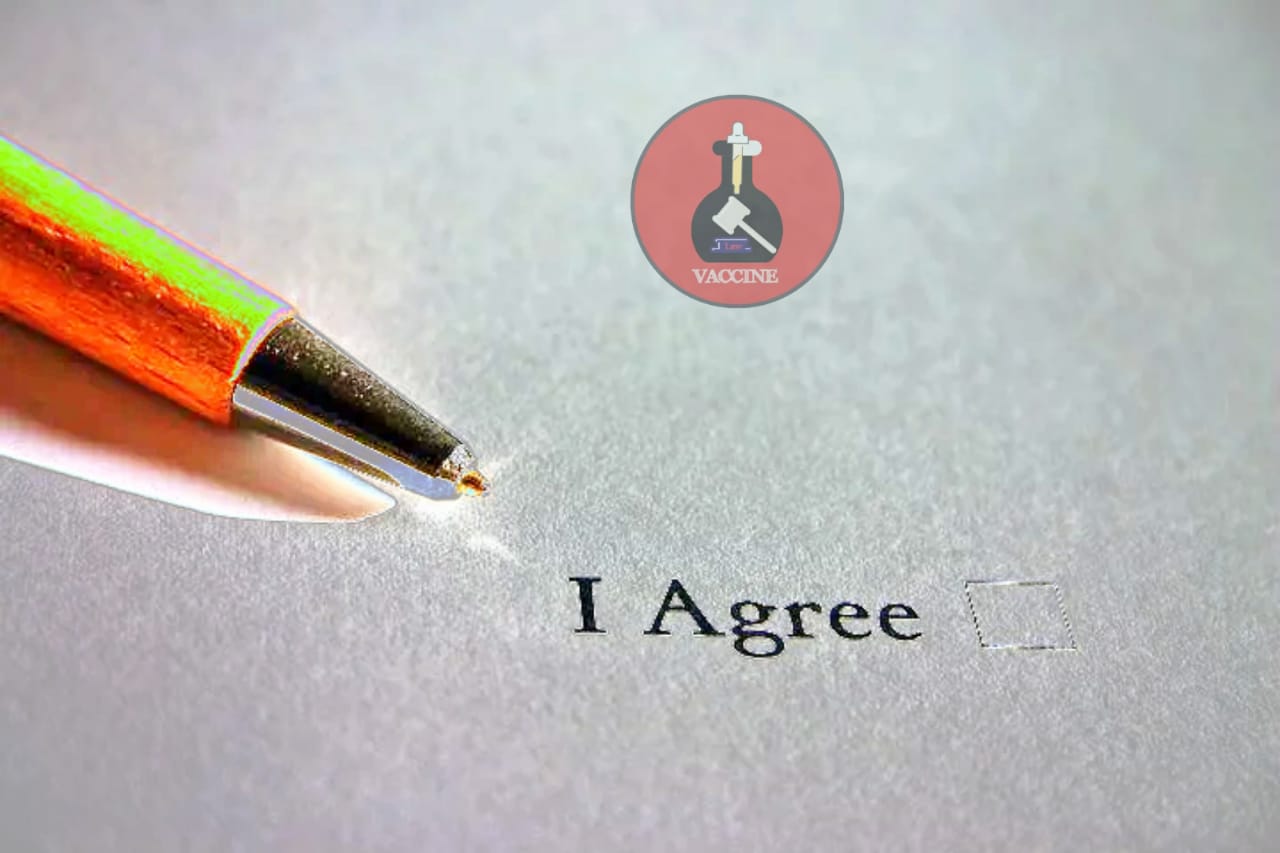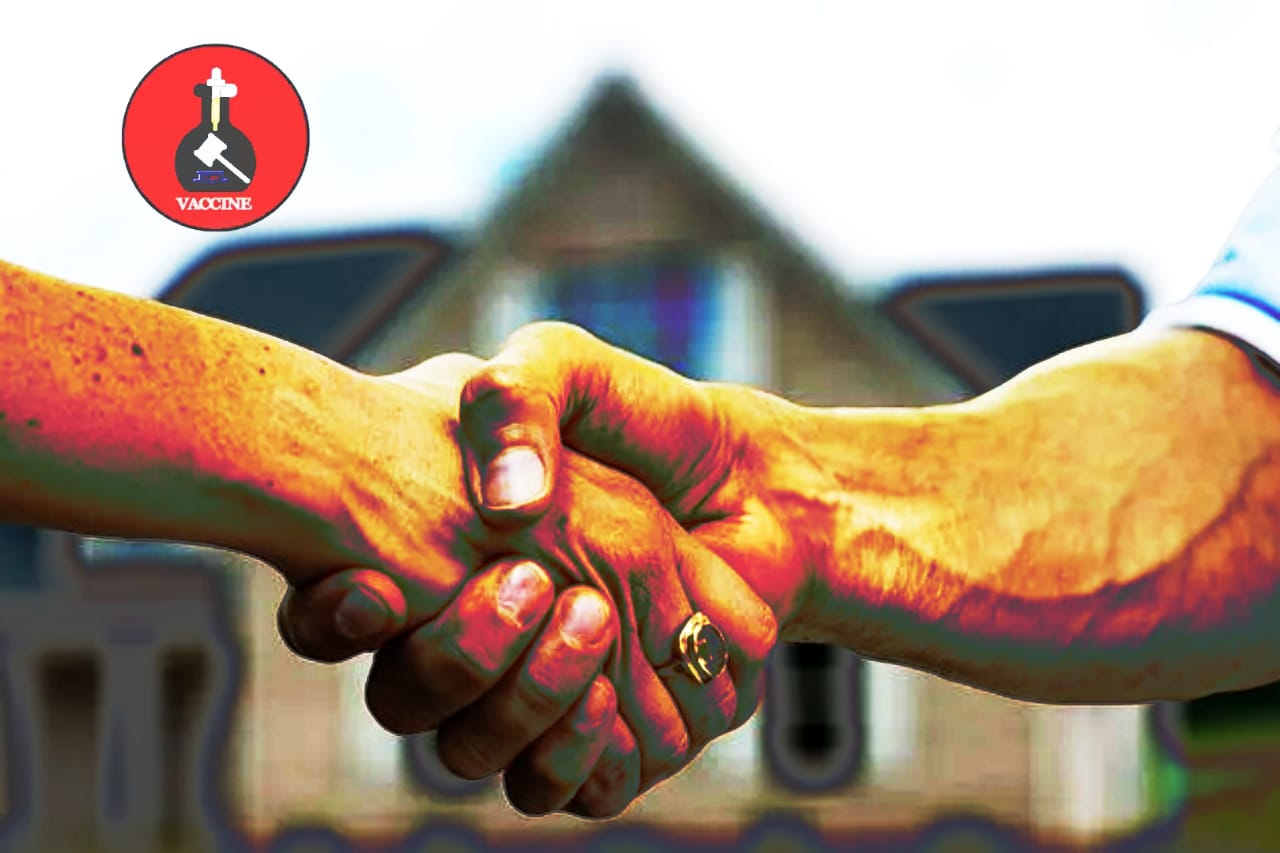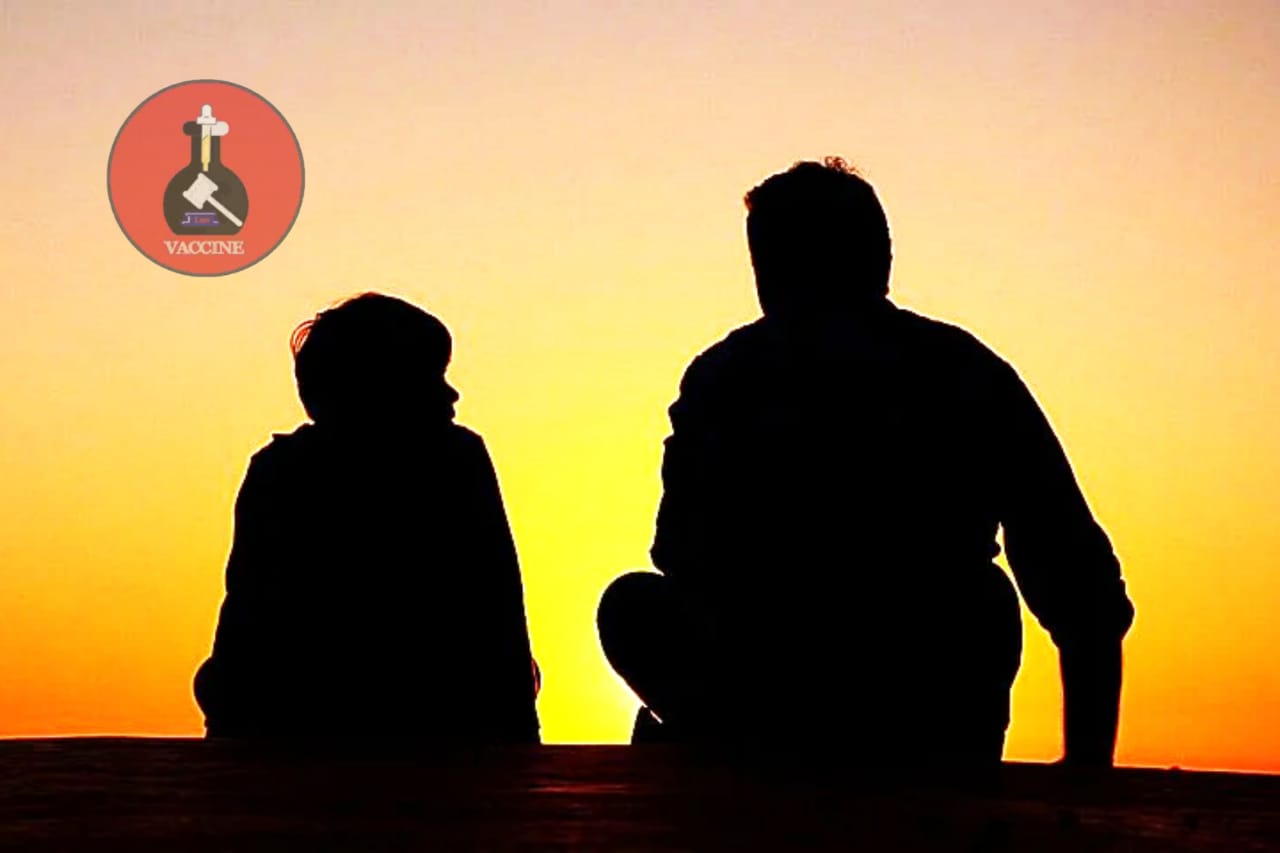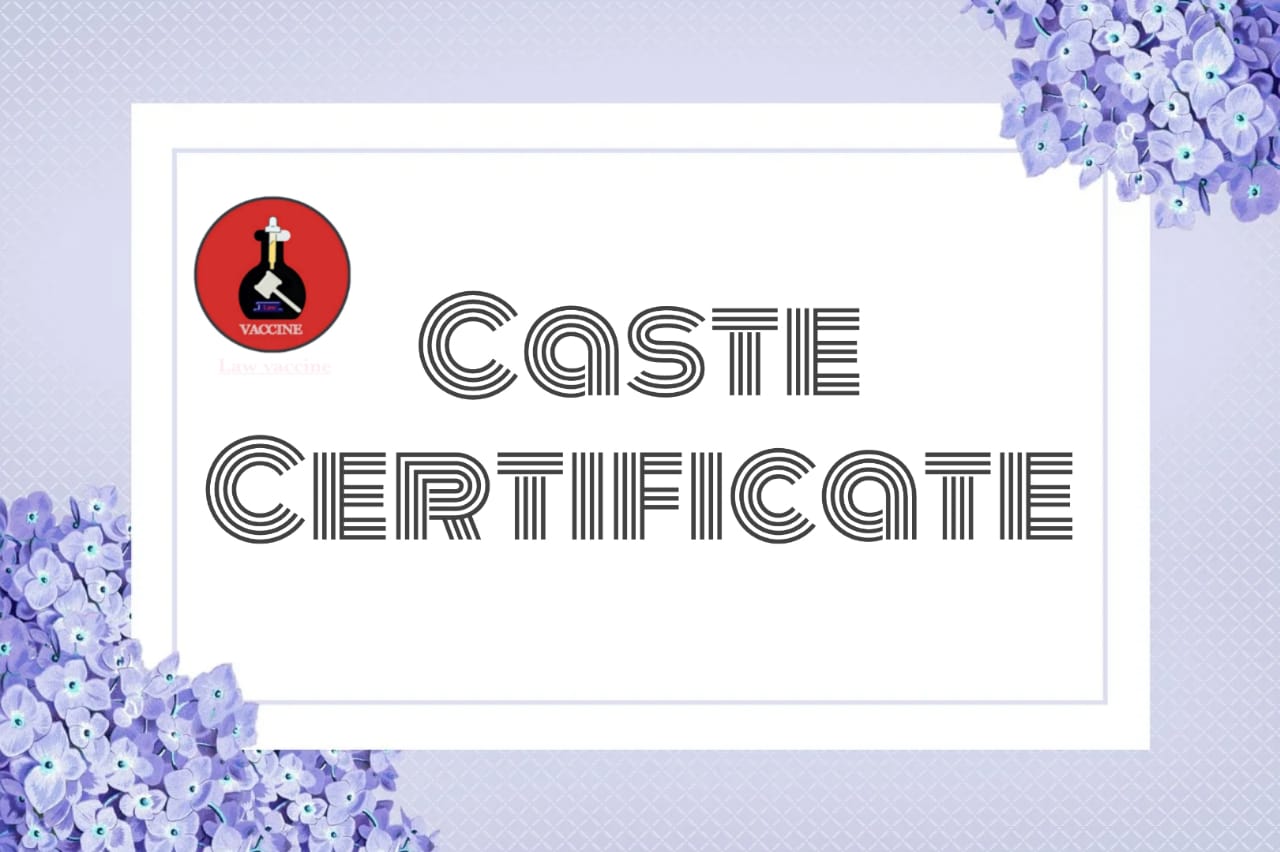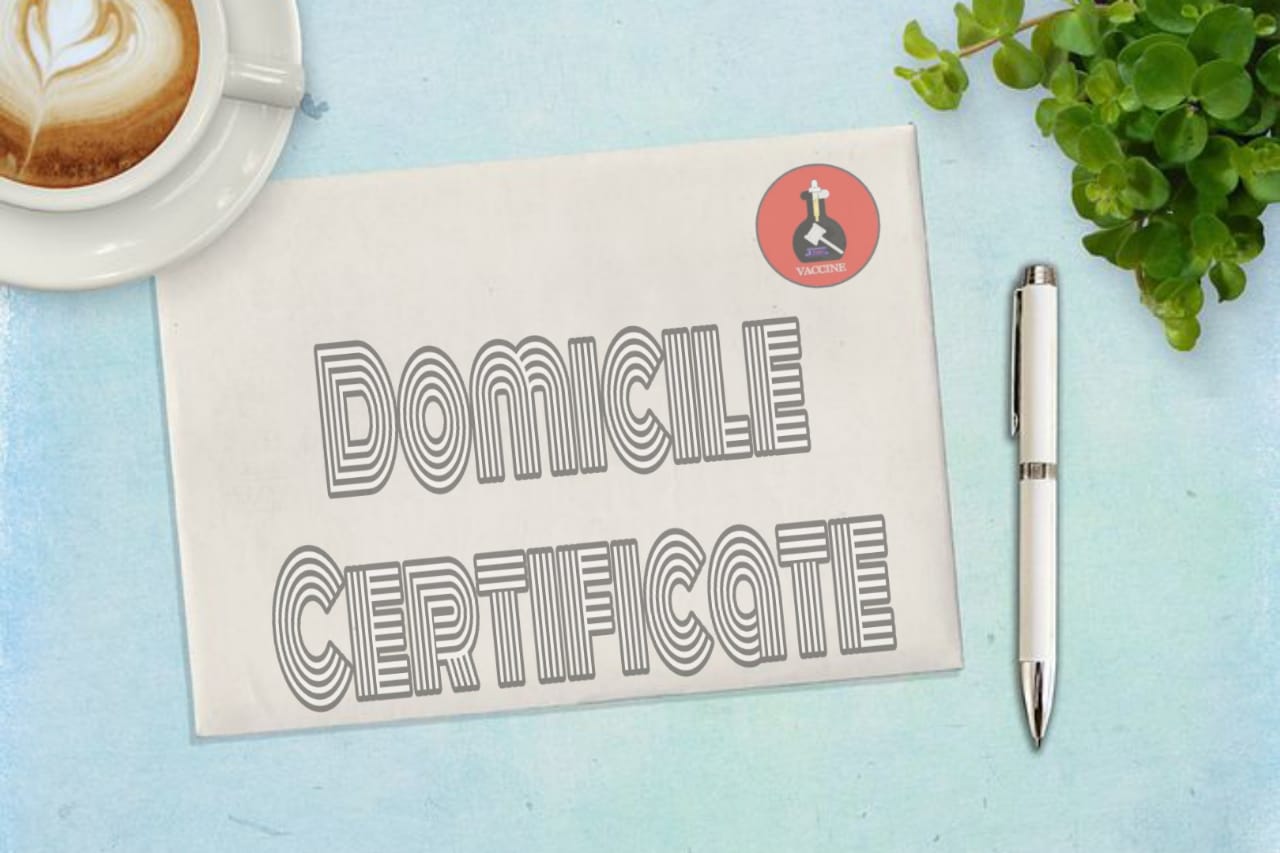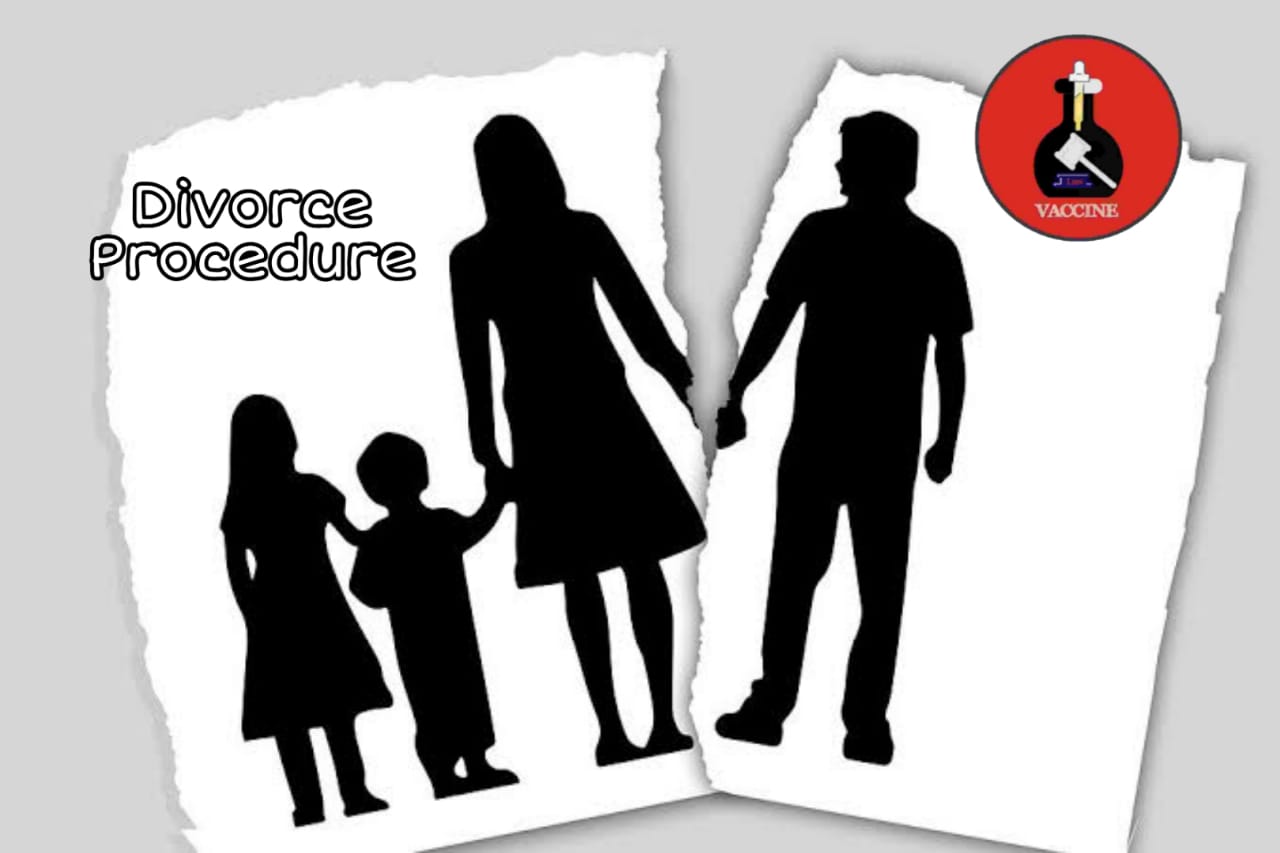Copyright: if without permission? copyright form, its artistic work, etc.
“The true sign of intelligence is not knowledge but imagination.” – Albert Einstein
The creations of the human mind and human intellect is a unique property as every person has his own intellect and power to imagine. This property is referred to as intellectual property.
Intellectual Property Rights are in various forms such as Copyright, trademarks, geographical indications, designs, patents, etc. This article is about copyright.
What is meant by Copyright?
It can be said that copyright was a common law that is now a recognized law in every country. Imagination gives rise to creativity, artistic work, innovations, etc. which are in form of expressions and not just ideas.
These expressions mean the ideas which are implemented or executed are protected by copyright and not ideas.
What can be copyrighted in India?
Copyright Act, 1957 is the Act that deals with providing protection/copyright to the creativity/artistic work in India.
The copyright law is concerned with only those original creativity/artistic works which are forms of public communication such as printed publications, sound (music), television broadcasting, films for public exhibition, and by an amendment in the Act now it also includes computer program.
What is artistic work copyright?
Original artistic work is protected by Copyright Act. The artistic work which is protected by the Act includes painting, sculpture, drawing, photograph or an engraving, architecture’s work, and any other work that is artistic in nature created by craftsmanship.
What is not protected under copyright for artistic work?
Not all artistic work is protected by copyright such as designs that are covered under Design Act,2000, slogans and short phrases, slogans that are similar, just slight variations in typographic ornamentation or contents.
How do you get a copyright on a drawing?
To copyright, your drawing important way is to add your signature on the finished work on both sides of the drawing that on front and back so that the people know whose work it is.
Why should it be protected?
By providing the protection they are creating an environment for the writers, artists, designers, dramatists, musicians, architects, and producers of sound recordings, cinematograph films and computer software where they feel their work is safeguarded and are been rewarded for the same inspires them to be more creative and encourages others to do the same.
This also helps to increase our economic and social development.
Therefore, it can be said that the right to control is copyright given to the creator to produce or reproduce the work and stop others from doing so.
How much can you copy without infringing the copyright of a person?
Copyright Act, 1957 provides copyright and protection by empowering owners to grant permission to others whether to copy, reproduce or restrain them from doing so.
But there is an exception which is provided by the Copyright Act, 1957 u/s 52. As per this one can make use of copyrighted work within the limitation without the permission of the holder. The use should be fair and depends on various factors such that it does not affect the original work.
Does copyright need permission?
Yes, you need permission from the copyright holder to use his work because the work to be used is his creativity, and to use his work he is supposed to be paid, it’s like royalty.
But you may not need permission if your work is using the copyrighted material as fair use and falls u/s 52 of the Copyright Act, 1957.
There are some international conventions implemented for the sake of protection and to make sure the law relating to copyright is being implemented in every nation.
- The Berne Convention for the Protection of Literary and Artistic Works, 1886
- The Universal Copyright Convention, 1952
- The Rome Convention for the Protection of Performers, Producers of Phonograms and Broadcasting Organization, 1994
- The TRIP’s Agreement, 1994
- The WIPO Copyright Treaty, 1996
- The WIPO Performance and Phonograms Treaty, 1996
Term of copyright:
Even though the sole right is with the creator to copy or produce or reproduce his work by restraining the others from doing so the Act has a specified time period for which the creator can enjoy the benefits of his exclusive work.
• Published literary, dramatic, musical, and artistic work
• Lifetime of the author*.
• Plus 60 years beyond that is after the death of the author*.
• (1) Posthumous, anonymous and pseudonymous works
• (2) Cinematograph films, sound recordings
• (3) Works of Govt., public undertaking and international organisation
• Next 60 years from the beginning of the calendar year following the year in which the work was first published
• Broadcasting organisation
• 25 years from the beginning of calendar year next following the year in which the broadcast is made.
•Performer appearance or engages in any performance
• 50 years
*Author means a person who behind the creation of work for e.g. composer for musical work, producer for sound recording, etc.
Procedure for registration of Copyright:
- An application in the prescribed form along with prescribed fees can be applied for copyright by the author or any other person interested to receive copyright.
- On receipt of the application, a diary number is issued.
- If there are any objections a period of 30 days is provided to file objections against the application made.
4.No objections: then the application is scrutinized by the Examiner. After scrutinization if the Examiner –
1. Discrepancy found, then –
Step 1 – Discrepancy letter is issued to the applicant
Step 2 – Reply from the applicant
Step 3 – Hearing by Registrar because of rejection, then
Step 1 – Registration approved
Step 2 – Extracts from the register is sent to the applicant,
or
Step 1 – Application rejected
Step 2 – Send a rejection letter to the applicant.
2. Discrepancy not found, then –
Step 1 – Registration approved
Step 2 – Extracts from Register is sent to the Applicant,
or
Step 1 – Registration disapproved
Step 2 – Rejection letter is sent to the Applicant.
- If an objection filed: the Registrar sends a letter to both the parties regarding the objections filed.
- A reply to the letter has to be sent by both the parties to Registrar.
- The Registrar keeps a hearing to hear both sides.
- If the application is accepted the same procedure as from step 4 is followed and as per the flowchart.
Where do I get Copyright registration forms?
Visit or you may download the forms for applying for copyright from http://copyright.gov.in/frmformsDownload.aspx.
The following forms are available on the above link.
- Application Form for Registration of Copyright (Form-XIV)
- Application Form for Registration of changes in Particulars of Copyright (Form-XV)
- Application Form for the Relinquishment of Copyright (Form-I)
- Proforma for discrepancy letter.

What is the Copyright form?
A copyright form is a form where the authors of the copyrighted work assign/transfer their copyright to a journal a platform that is specially created for the authors where their work can be published. E.g. of such copyright form is the IEEE form. (https://www.eptc-ieee.net/up;oads/exhibitors-pdf/59c22cf8b853e_Copyright%20form.pdf)
How do I sign the IEEE copyright form?
You have to write/ type your full name on the space provided for signing on the IEEE copyright form.
Benefits of Copyright Registration:
- Registration of copyright is not mandatory it is automatically protected once the work is eligible and recorded on some medium. But registering the work creates a public record of ownership which the public has access to check.
- By registration, the author or the owner of the copyright of a work need not try to prove that the work created in his work as the registration acts as a legal document to prove the same. The burden lies on the person accusing to prove the other way round.
- It creates a legal right where the owner of the work can take action against those who infringe his/her rights by copying his work or making copies without the permission of the owner of the copyright.
- By registration, it provides a safeguard that motivates the creators and any other person to become more creative and innovative, as they are ensured by registering that their work is safe.
- Copyright provides the sole right to the creator to reproduce, copy, print, etc.
- They are also rewarded for the work done by them for which they have received copyright.
What happens if you use copyrighted material without permission?
The Act provides measures such as penalties against those who violate the copyright act by selling or hiring to sell the infringed copies, distributing the infringed copies by affecting the interest of the owner of the copyright, importing infringed copies to India, etc.
The punishment for the above acts is a minimum of 6 months imprisonment and a maximum of 3 years and a minimum fine of Rs. 50,000 which to a maximum of Rs. 2 lakhs. The Act also provides power to the police officer to seize the infringed copies
Remedies in way of injunction, damages, accounts, etc. as per the law are provided to the owner of the copyright. These are civil remedies given by the Act.
Article by – Adv. Prathi Shetty.


